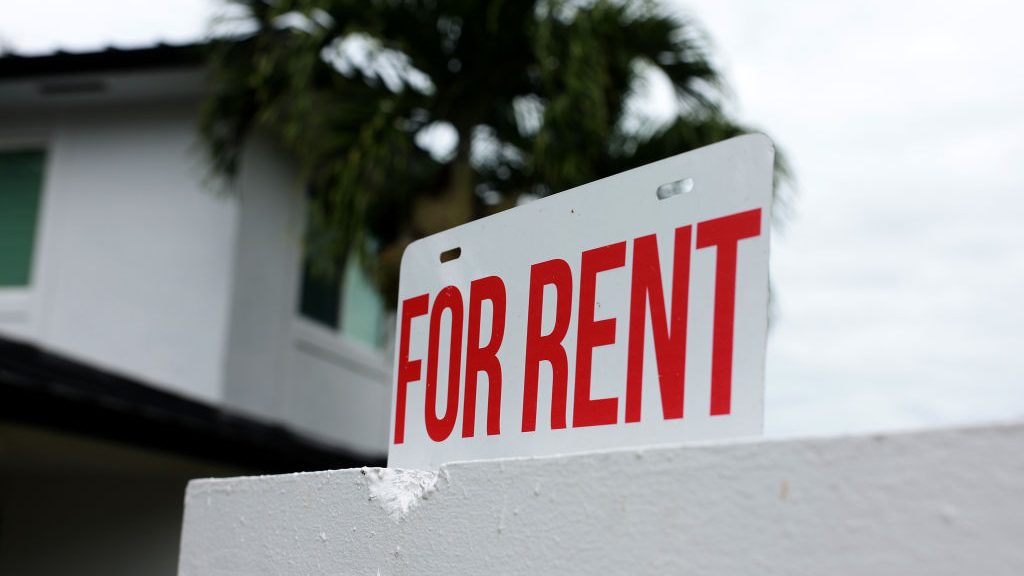We bring news that matters to your inbox, to help you stay informed and entertained.
Terms of Use and Privacy Policy Agreement
WELCOME TO THE FAMILY! Please check your email for confirmation from us.
Lifestyle
A new report finds that millions of Americans are spending between 30% and 50% on rent and utilities.
Ask just about anyone; rent in the U.S. is insane right now.
According to a new report by the Harvard Joint Center for Housing Studies, half of all American renters spend 30% or more of their income on rent, a record number. The report categorized 22.4 million renters as “cost-burdened,” and of those,12 million pay half or more of their income toward rent, a record high, the report said.
The report found that rents are rising to unaffordable levels the fastest among the middle class, and housing gaps between Black and white Americans are potentially becoming exasperated as a result.
While rent costs rose 2.6% for tenants in the $30,000-to-$44,000 income range, rents shot up by 5.4% for those in the $45,000-to-$74,999 income range, the report also found.
“I expected to see it worsen,” Whitney Airgood-Obrycki, the report’s lead author told The Washington Post about rent’s affordability. “But the degree to which it worsened, I think, was astounding.”
Headlines have also been confirming as much.
The Department of Housing and Urban Development (HUD) is presently investigating landlords in the nation’s capital over what they charge tenants with low-income vouchers. According to data from the U.S. Census Bureau’s community survey, Hawaii has the highest median rent of $1,868 per month, while West Virginia, with a median rent of $831 per month, has the lowest.
This report arrives after inflation has finally cooled down (beyond housing expenses), and the gap between Black and white homeowners has reached its largest in a decade. The report also points out a continuing problem in the housing market. More Americans head to the rental market because they can’t afford to buy a home, the primary way most build generational wealth.
The report found that based on the income requirements alone, the number of Black renter households able to afford the median-priced home in the U.S. dropped by 39% between March 2022 and March 2023, while the number of Hispanic renter households able to do so dropped by 37%, and the number of white renter households able to dropped by 30%.
Kay Wicker
Kay Wicker
Haniyah Philogene
Haniyah Philogene
Haniyah Philogene
TheGrio Lifestyle
Rev. Dr. Alisha Lola Jones and Rev. Calvin Taylor Skinner
TheGrio Lifestyle
“While each of these decreases represents a significant decline in access to homeownership, the outsized decrease for Black and Hispanic households works against efforts to reduce racial homeownership rate gaps,” the report’s authors wrote.
While what 2024’s economy brings is still yet to be seen, Airgood-Obrycki didn’t have an optimistic outlook. She told the Washington Post despite the average rent costs coming down slightly, the country, by and large, is still in “pretty bad shape.”
The report notes, “With Black and Hispanic homeownership rates still fully 28.6 and 25.8 percentage points below white homeownership rates, policymakers and practitioners have a long way to go to reduce these disparities.”
Never miss a beat: Get our daily stories straight to your inbox with theGrio’s newsletter.
STREAM FREE
MOVIES, LIFESTYLE
AND NEWS CONTENT
ON OUR NEW APP

